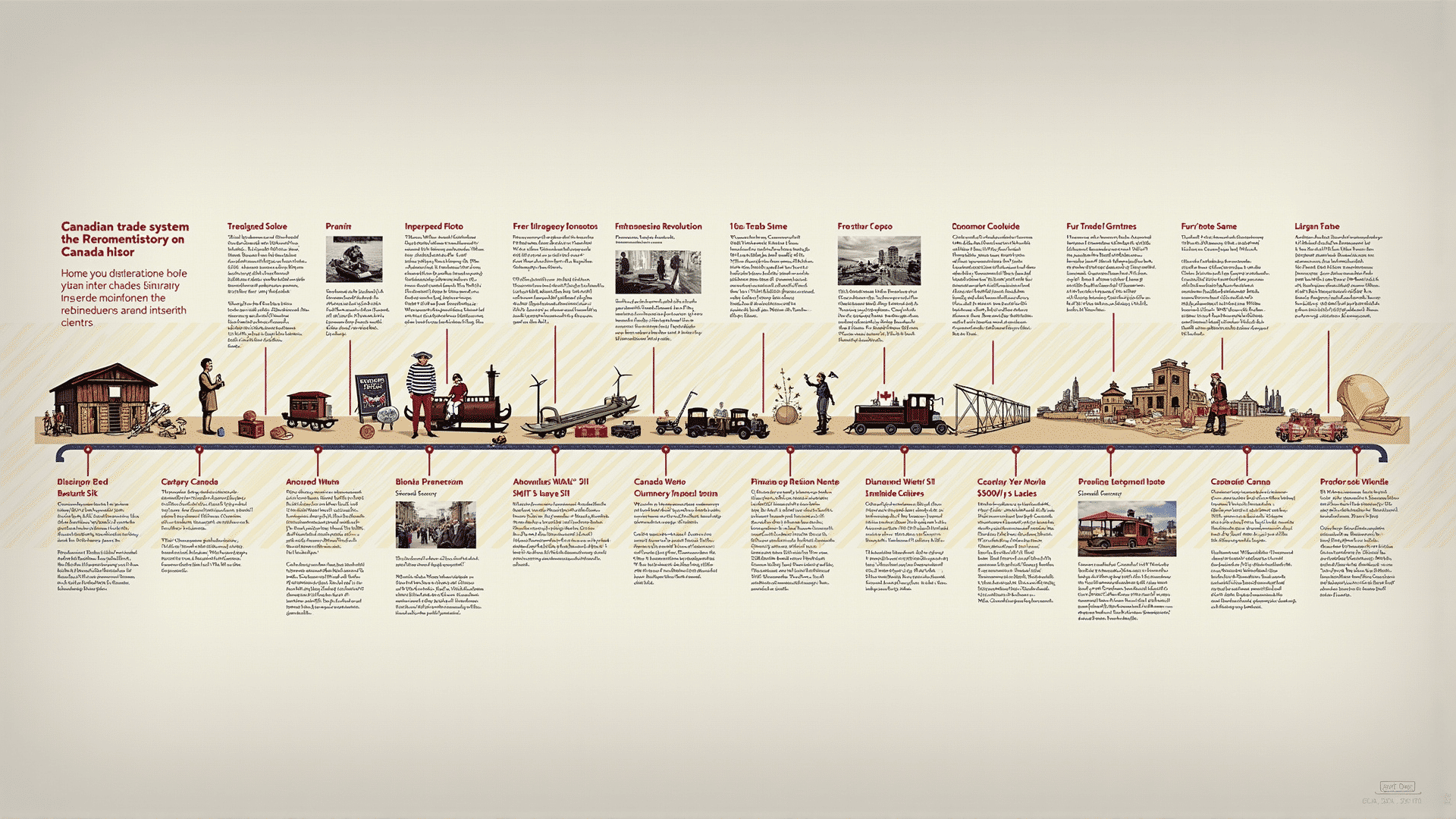Canada's economic systems have undergone significant transformations from its early days as a collection of colonies to its contemporary status as a highly developed nation. Understanding this evolution requires a journey through its historical contexts, observing the shifts and adaptations that have shaped its economic landscape.
The early economic activities in Canada were predominantly based on the fur trade, which was essential in the 16th and 17th centuries. Indigenous peoples, along with European settlers, played crucial roles in establishing trade networks. This period marked the beginning of an economy heavily reliant on natural resources, a theme that persists in various forms to this day.
As the colonies grew, agriculture began to play a more dominant role, especially with the arrival of settlers who began cultivating the land. The economy during this period was largely subsistence-based, with communities primarily engaging in farming and local trade to sustain themselves. The early 19th century saw the rise of a more structured economy as industrial activities started to take shape, spurred by the building of canals and later railways. These developments linked different regions, facilitating the exchange of goods and establishing new markets.
The Confederation in 1867 was a landmark event that prompted further economic development. This period catalyzed what many refer to as Canada's first major industrial revolution, characterized by the growth of manufacturing sectors and increased urbanization. The economy diversified, moving beyond the primary reliance on agriculture and resource extraction. Infrastructure improvements, such as the transcontinental railway, played an instrumental role in connecting the country more effectively, thus boosting trade within and beyond its borders.
As the 20th century progressed, Canada experienced significant economic challenges and transformations. The Great Depression brought about a need for new strategies and policies, leading to the establishment of government roles in economic regulation and welfare systems. Post-World War II witnessed a remarkable period of growth and prosperity, fueled by both domestic demand and international trade, particularly with the United States.
In recent decades, Canada has evolved into a knowledge-based economy, with a strong emphasis on technology, education, and service industries. Globalization has opened new markets, fostering an environment where innovation thrives. However, the economy continues to grapple with challenges such as environmental sustainability and income inequality, issues that require ongoing attention.
Today, Canada's economic framework is marked by a complex blend of traditional industries and modern practices, reflecting its history of adaptation and resilience. The foundation laid by natural resource engagement, bolstered by industrial diversification and now enhanced by technological advancements, creates a dynamic economic profile that continually evolves with the global landscape.
